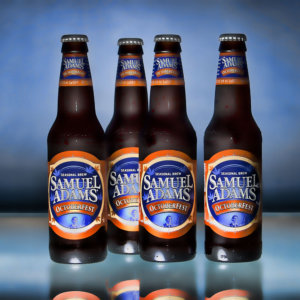The Upside to Large Competitors
New research suggests that a smaller company can benefit by making consumers aware that it competes against bigger corporations.
Topics
Large competitors are often viewed as a major threat for startups and small companies; big companies have more financial resources and greater scale, market power and brand awareness than smaller ones. However, our research finds that a smaller brand can actually benefit if consumers can see the competitive threat it faces from a larger organization.
When Cold Stone Creamery, a U.S.-based ice cream chain with about 1,400 stores, moved within 50 steps of a J.P. Licks ice cream store in Newton, Massachusetts, some people expected that J.P. Licks, a small, locally owned company, would be beaten out of the Newton market. But consumers rallied around J.P. Licks, and Cold Stone later closed its nearby location. When the owner of the Los Angeles-based coffee store chain The Coffee Bean & Tea Leaf could not stop a Starbucks coffee shop from moving in next door, he was surprised to see his sales shoot up — so much so that he started proactively colocating new stores next to Starbucks ones.
These examples are not anomalies. In six lab and field studies, we explored the effects of having a large, dominant competitor and found that highlighting a large competitor’s size and close proximity can help smaller brands, instead of harming them. (Detailed results of our findings can be found in “Positioning Brands Against Large Competitors to Increase Sales,” forthcoming in the Journal of Marketing Research. See “Related Research.”) Compared to when they are in competition with brands that are similar to them in size or when consumers view them outside of a competitive context, small brands see consumer support go up when they are faced with a competitive threat from large brands. This support translates into higher purchase intention, more purchases and more favorable online reviews.
As part of our research, we conducted a field study at an independent bookstore in Cambridge, Massachusetts. Upon entering the bookstore, 163 prospective shoppers were exposed to one of three versions of an in-store ad, emphasizing either the store’s large competitors, small competitors or no competition. Shoppers who read the “large competitors” version were told that the store’s main competitors are large corporations that have the ability to put small businesses such as this bookstore out of business.






Comment (1)
Sandeep Kumar